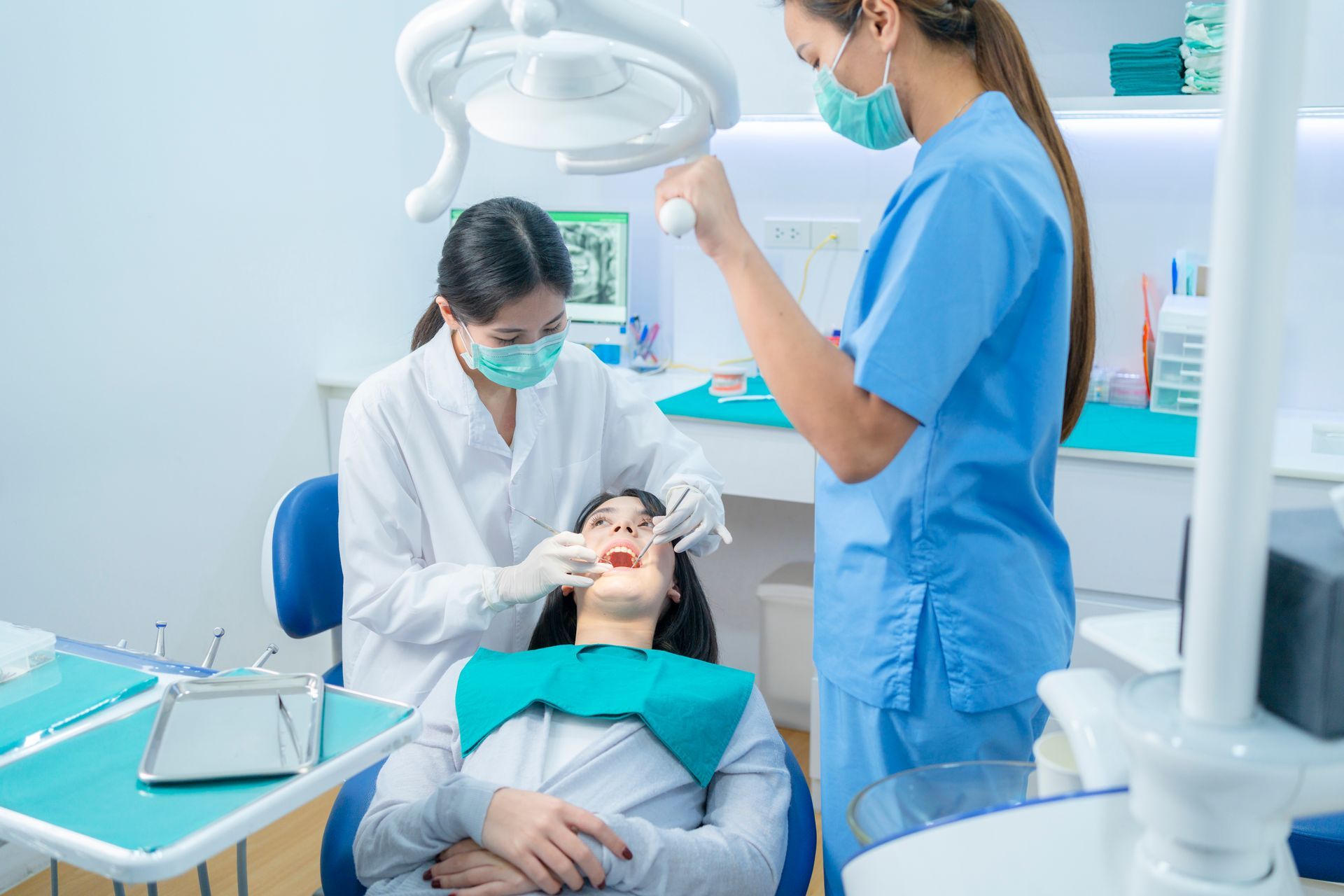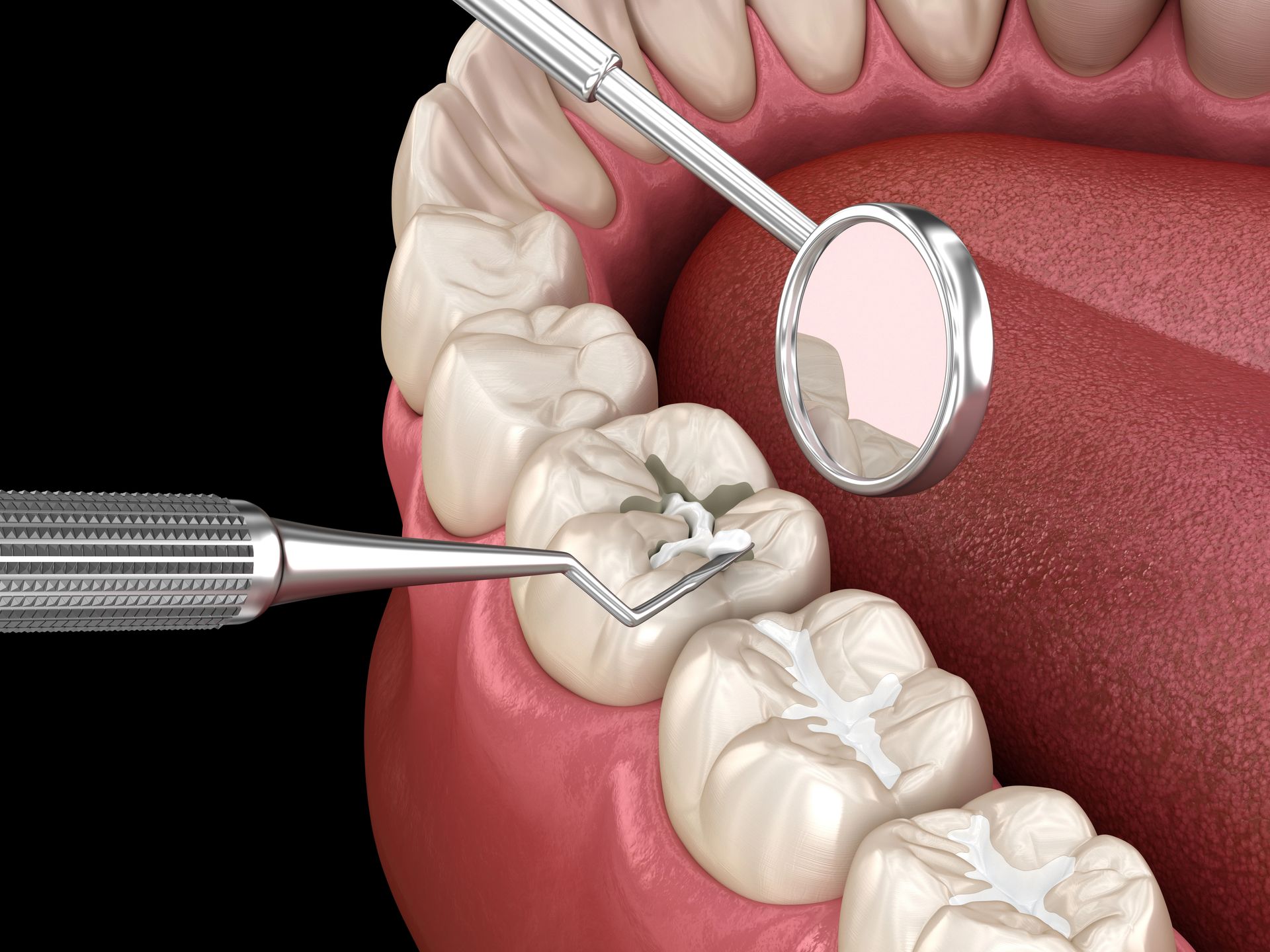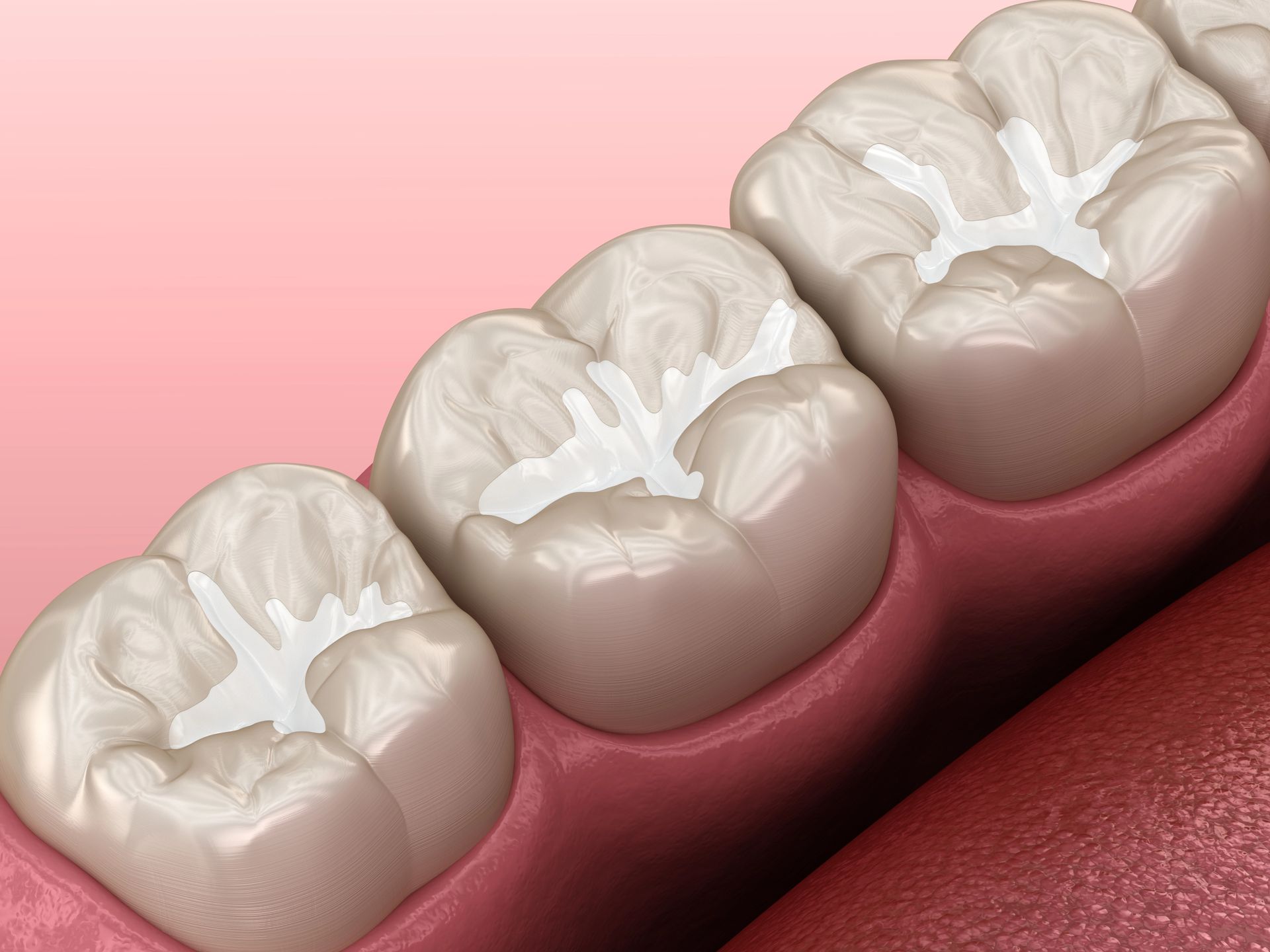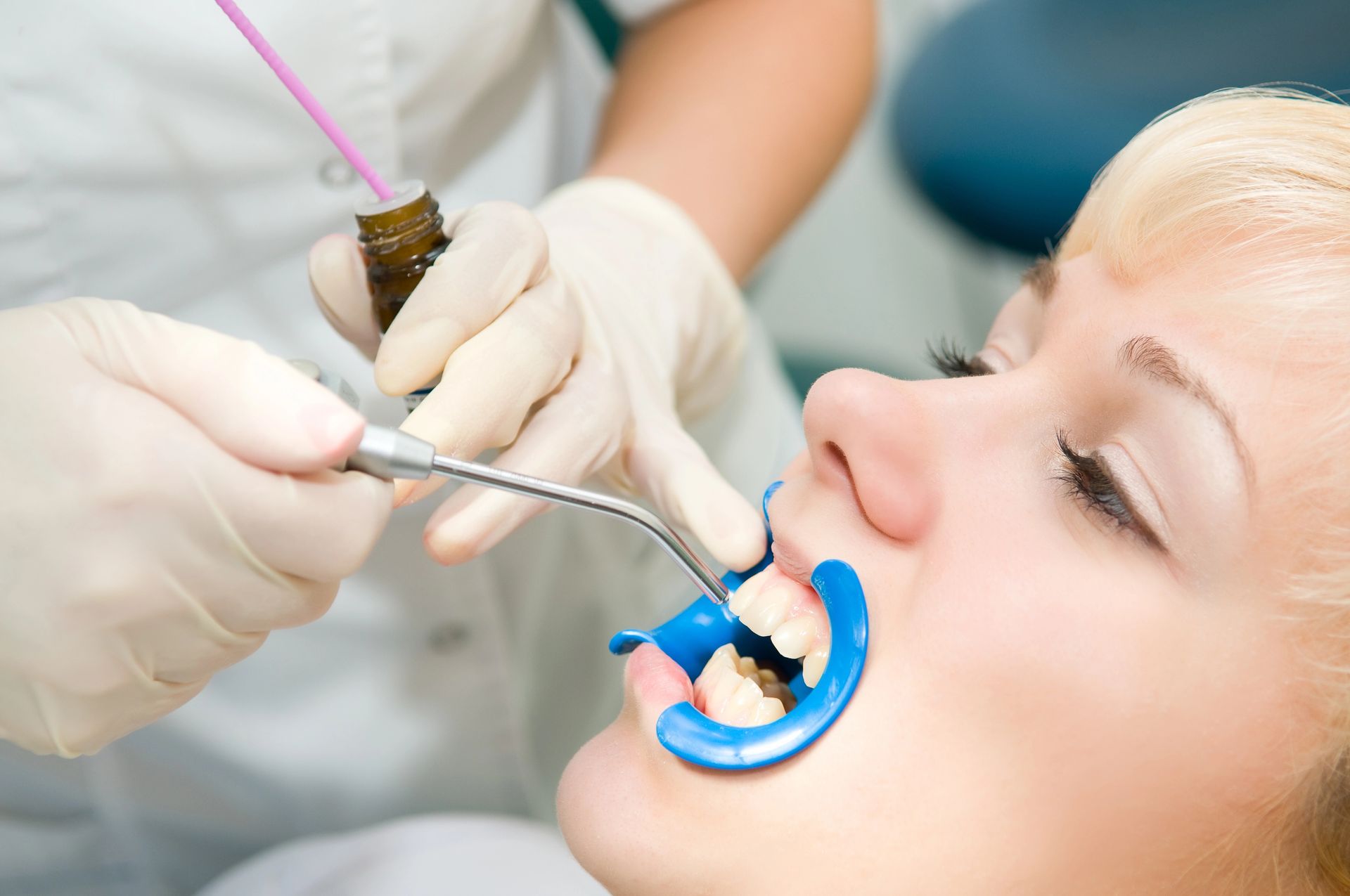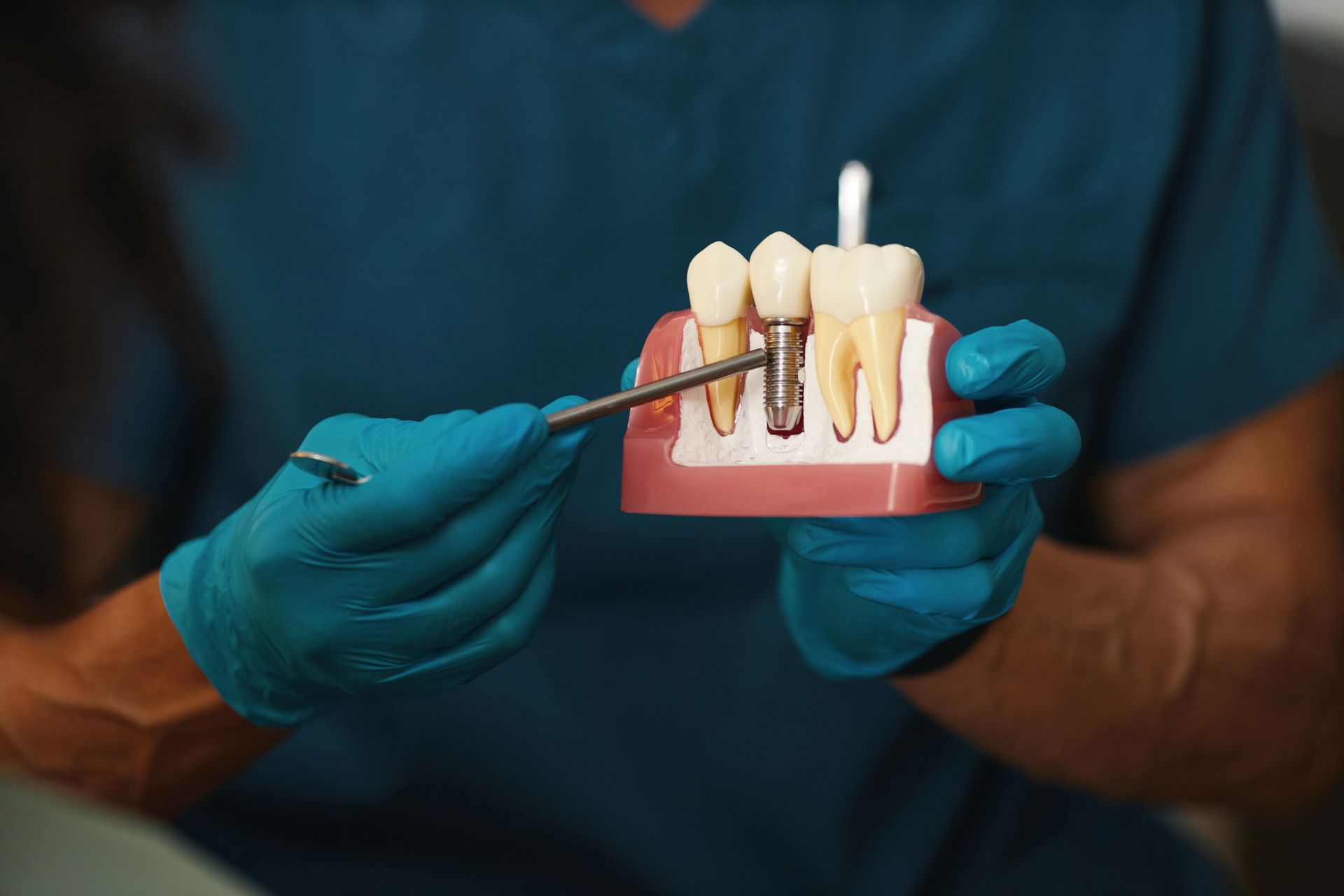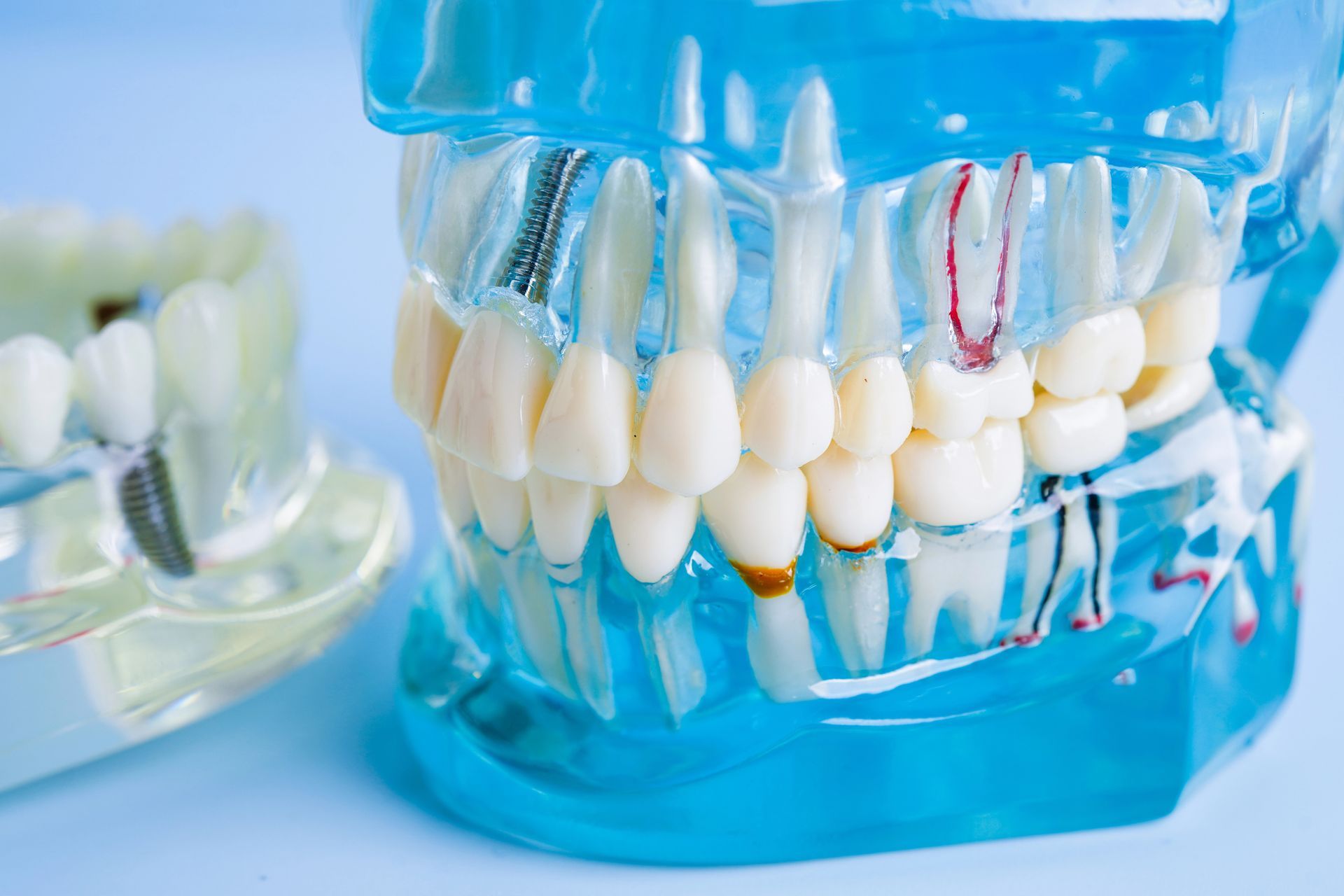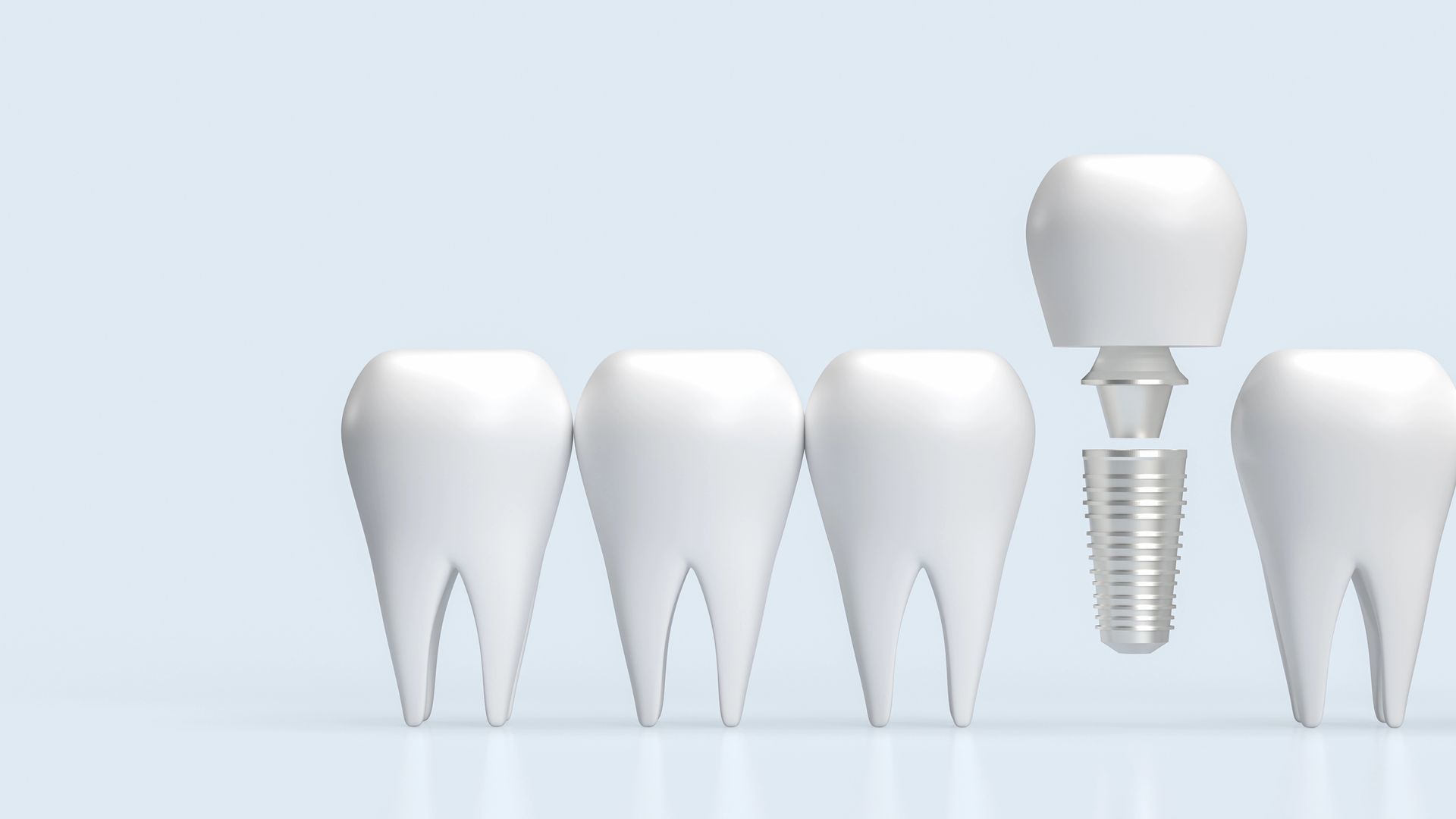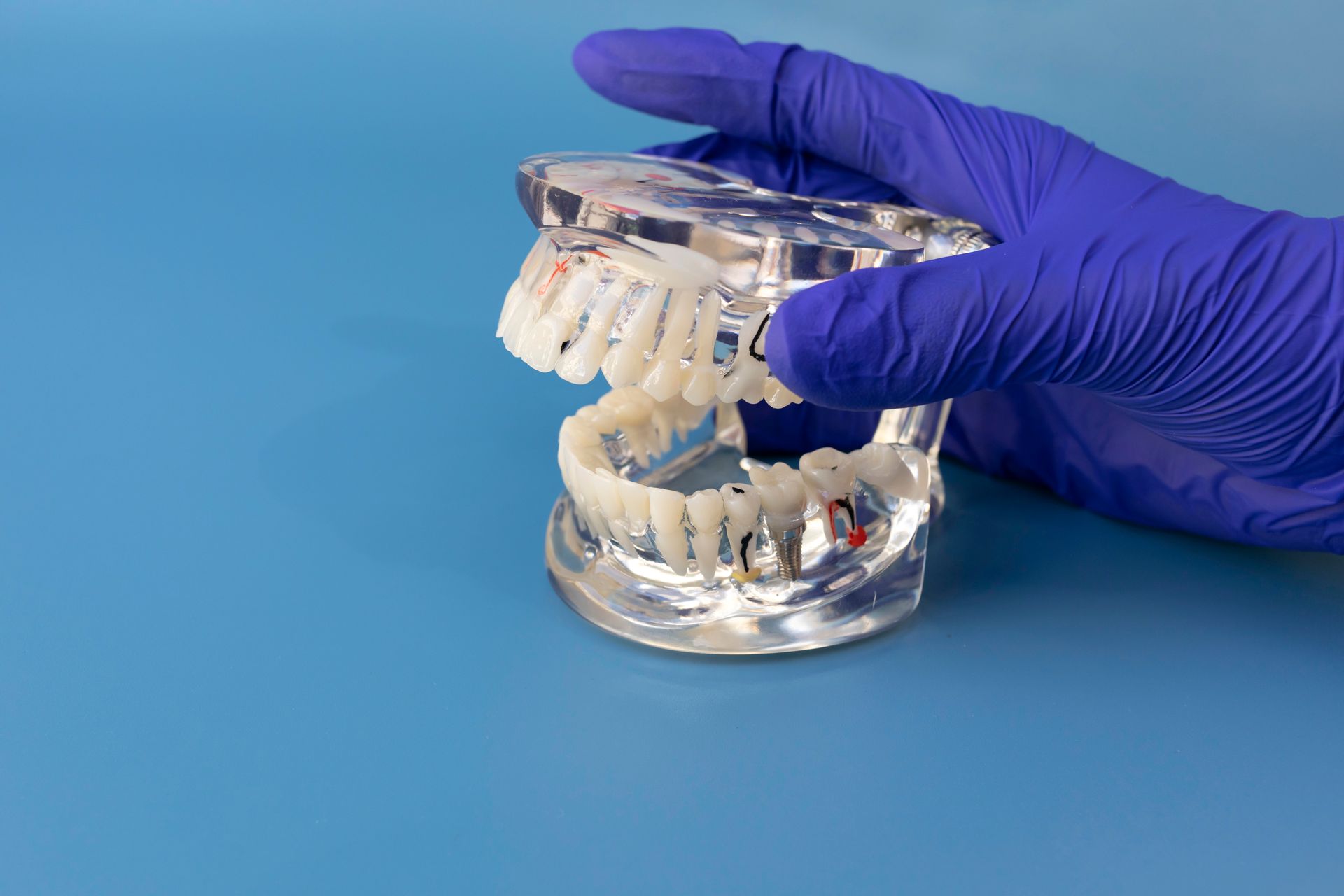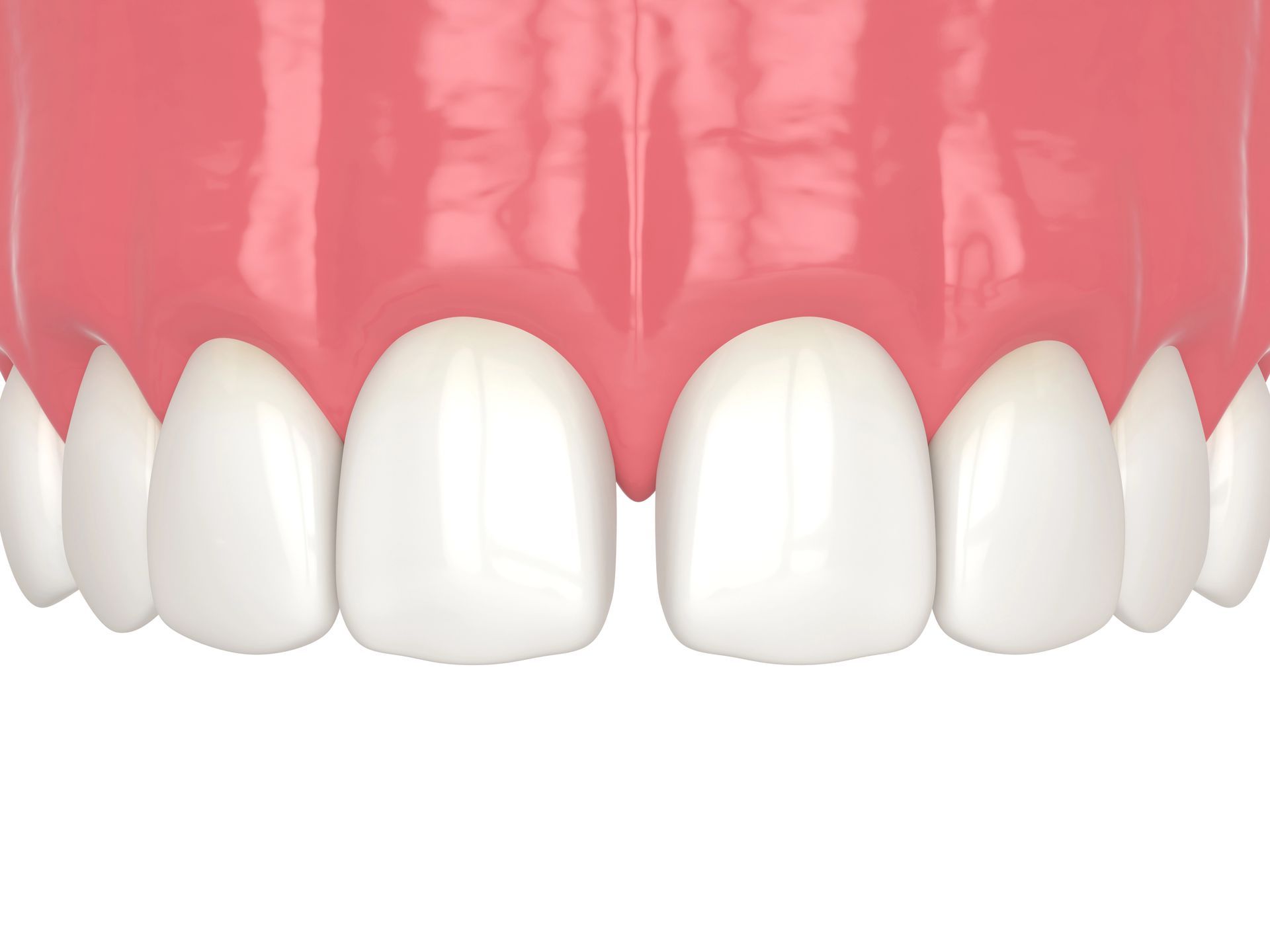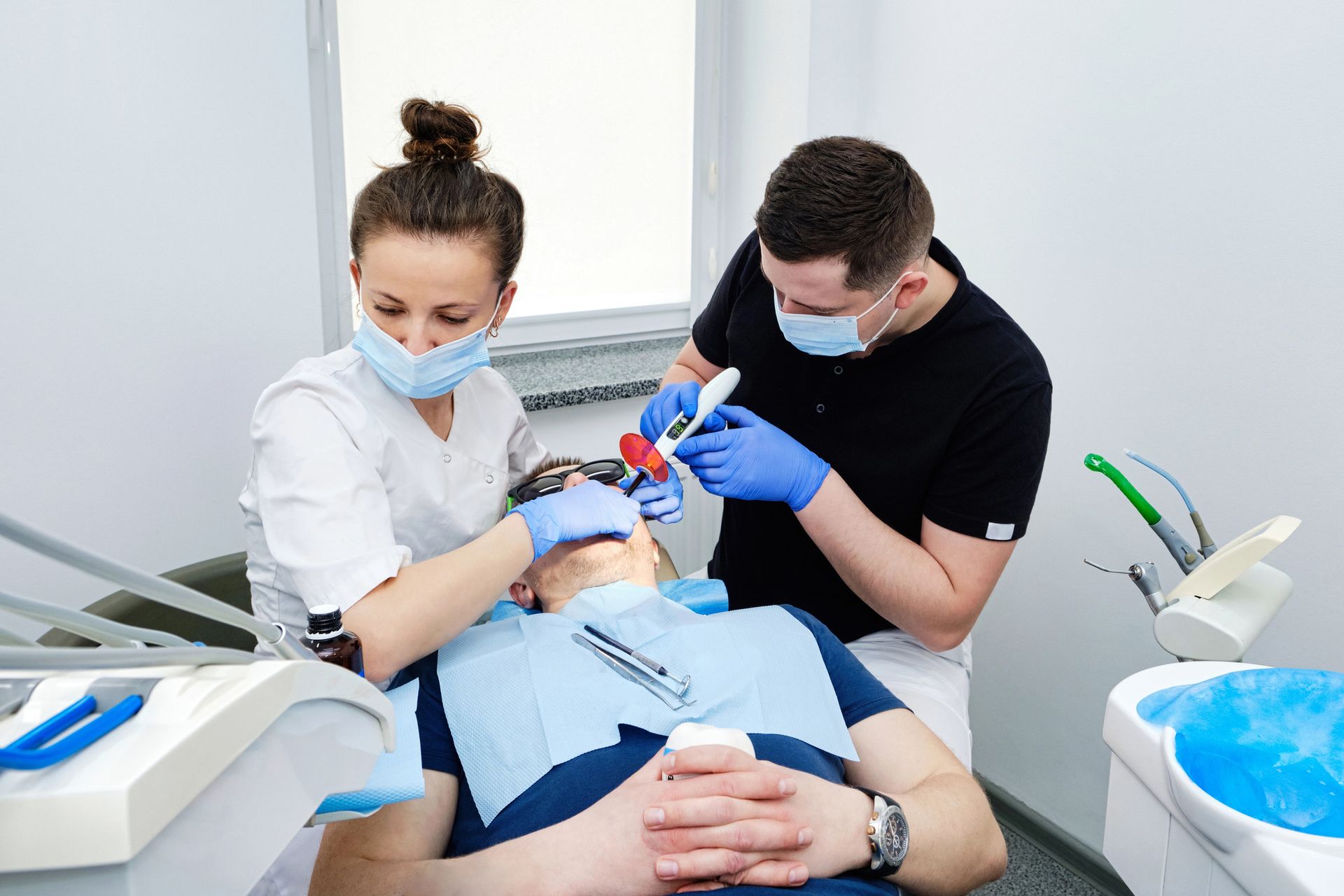What Is the Dental Crown Procedure Like?
The dental crown procedure involves several key steps, from the initial consultation to the final placement of the crown. This step-by-step guide will walk you through the entire process, ensuring you know what to expect at each stage.
Dental Crown Procedure: Initial Consultation and Examination
The dental crown procedure begins with an initial consultation and thorough examination. During this first visit, your dentist will assess the overall health of your teeth and gums to determine if a dental crown is the best solution for your dental needs. This step is crucial as it helps identify any underlying issues, such as tooth decay or gum disease, that might affect the success of the crown. Your dentist may also take X-rays to get a detailed view of the tooth's structure and surrounding bone.
Once the examination is complete, your dentist will discuss the findings and explain the next steps in the dental crown procedure. This is also the time to ask any questions you may have about the process, materials used, and expected outcomes. For more information on the various options available, you can read our guide on What Are the Different Types of Dental Crowns and Which Is Right for You?.
Tooth Preparation Process
The tooth preparation process is a crucial step in the dental crown procedure. During this phase, the dentist will first numb the area around the affected tooth to ensure comfort. Next, the tooth is reshaped to make room for the crown. This involves removing a portion of the tooth's outer structure to allow the crown to fit snugly and securely over the remaining tooth.
After reshaping, an impression of the tooth is taken to create a model for the custom crown. This impression ensures that the crown will fit perfectly and align properly with your bite. For more information on dental crowns, visit our page on Best Dental Crowns Columbia.
Taking Dental Impressions
Taking dental impressions is a crucial step in the dental crown procedure. The dentist will use a putty-like material or a digital scanner to create an accurate mold of your teeth. This impression captures the exact shape and size of the tooth that needs the crown, as well as the surrounding teeth, to ensure a precise fit and proper bite alignment. The detailed impression is then sent to a dental lab where the custom crown is crafted to match your natural teeth seamlessly.
Temporary Crown Placement
After your tooth has been prepared and an impression has been taken, a temporary crown is placed to protect the tooth while your permanent crown is being crafted. This temporary crown is typically made from acrylic or composite material and is designed to cover the prepared tooth, ensuring it remains functional and protected from sensitivity or damage. The temporary crown is secured with a temporary adhesive, allowing for easy removal once your permanent crown is ready. For more information on dental procedures, visit Design Dentistry Columbia and consult with a Columbia Dentist.
Choosing Crown Material
One of the essential steps in the dental crown procedure is choosing the right crown material. The material you select can impact the durability, appearance, and overall success of your dental crown. Various materials are available, each with its own set of characteristics that can influence the outcome of the dental crown procedure. Your dentist will discuss the options with you to ensure that the chosen material aligns with your specific needs and preferences.
Permanent Crown Fabrication
A crucial step in the dental crown procedure is permanent crown fabrication. After your dentist has taken precise impressions of your teeth, these molds are sent to a specialized dental lab where skilled technicians craft your custom crown. This process ensures that the permanent crown fits perfectly and matches the natural color of your teeth. Typically, it takes about two to three weeks for the permanent crown to be ready. During this time, you will wear a temporary crown to protect your tooth. Once the permanent crown is fabricated, your dentist will remove the temporary one and securely bond the new crown in place.
Fitting the Permanent Crown
The final step in the dental crown procedure is fitting the permanent crown. Once your custom crown is ready, your dentist will remove the temporary crown and clean the area. The permanent crown is then carefully placed and adjusted to ensure a perfect fit. Your dentist will check your bite and make any necessary modifications to ensure comfort and functionality. Finally, the crown is cemented into place, restoring your tooth's appearance and strength.
Final Adjustments and Polishing
The final stage of the dental crown procedure involves meticulous adjustments and polishing to ensure a perfect fit and natural appearance. Once the crown is placed, your dentist will check the bite and make any necessary modifications to ensure it aligns seamlessly with your other teeth. After adjustments, the crown is polished to match the sheen of your natural teeth, providing a flawless finish. This attention to detail enhances aesthetics and ensures optimal functionality and comfort.
Post-Procedure Care Instructions
After undergoing a dental crown procedure, it's crucial to follow specific post-procedure care instructions to ensure optimal healing and longevity of your new crown. Immediately after the procedure, avoid eating until the numbness from the anesthesia wears off to prevent accidental biting of your tongue or cheek. For the first 24 hours, stick to soft foods and avoid chewing on the side of your mouth where the crown was placed. Maintain excellent oral hygiene by brushing twice daily and flossing carefully around the crown to prevent plaque buildup. If you experience any discomfort or sensitivity, over-the-counter pain relievers can help, but persistent pain should be reported to your dentist. By adhering to these guidelines, you can ensure a healthy, long-lasting restoration.
Conclusion
Understanding the dental crown procedure can help ease any concerns you may have. For more information, call 803-373-1069 or read reviews on Google Maps.

